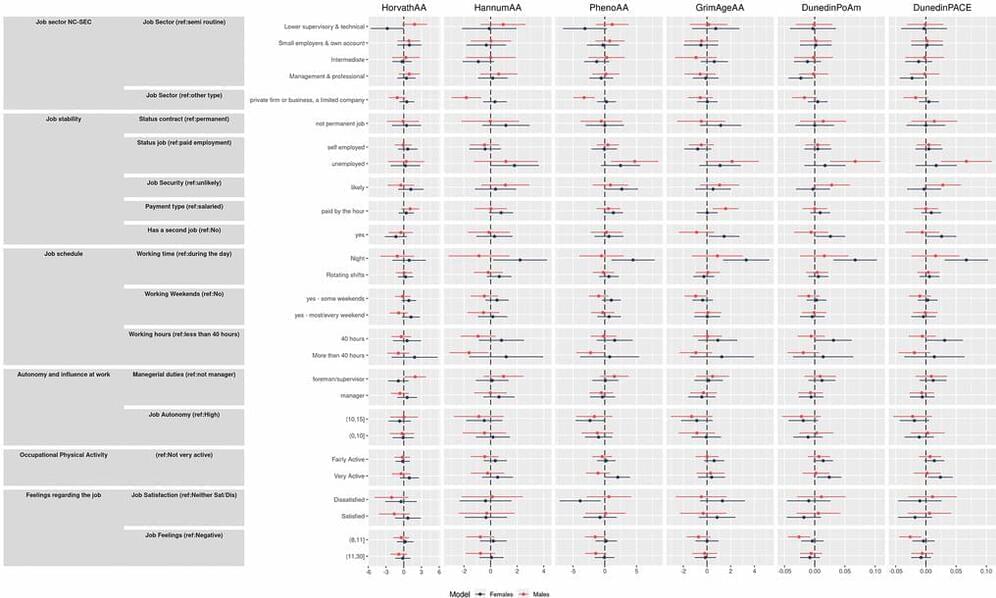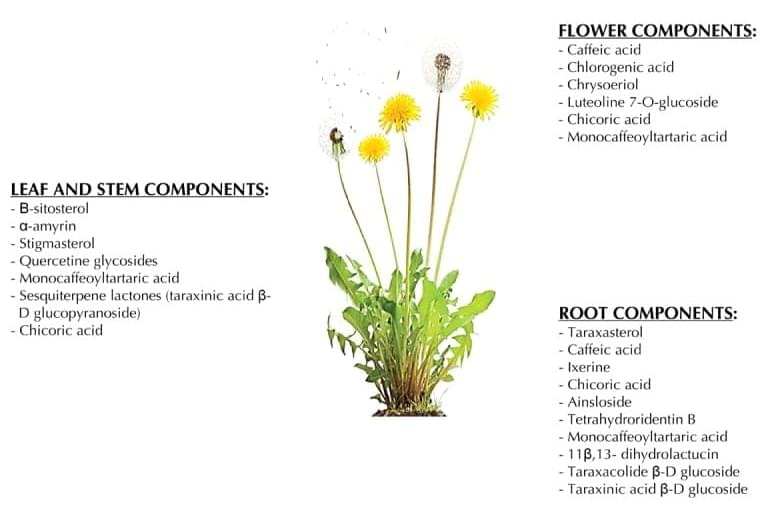As if it weren’t enough to have AI tanning humanity’s hide (figuratively for now) at every board game in existence, Google AI has got one working to destroy us all at Ping-Pong as well. For now they emphasize it is “cooperative,” but at the rate these things improve, it will be taking on pros in no time.
The project, called i-Sim2Real, isn’t just about Ping-Pong but rather about building a robotic system that can work with and around fast-paced and relatively unpredictable human behavior. Ping-Pong, AKA table tennis, has the advantage of being pretty tightly constrained (as opposed to playing basketball or cricket) and a balance of complexity and simplicity.
“Sim2Real” is a way of describing an AI creation process in which a machine learning model is taught what to do in a virtual environment or simulation, then applies that knowledge in the real world. It’s necessary when it could take years of trial and error to arrive at a working model — doing it in a sim allows years of real-time training to happen in a few minutes or hours.





